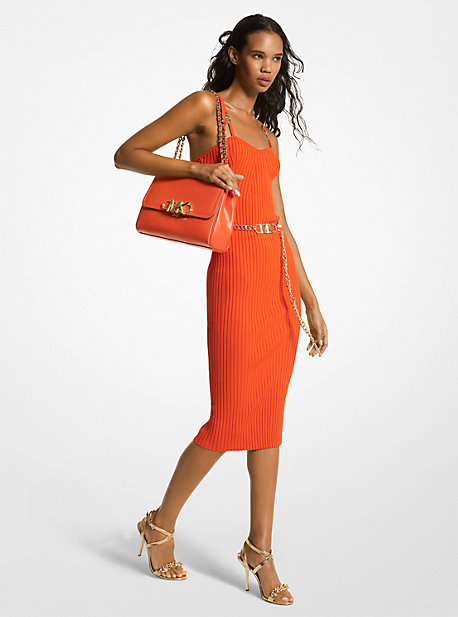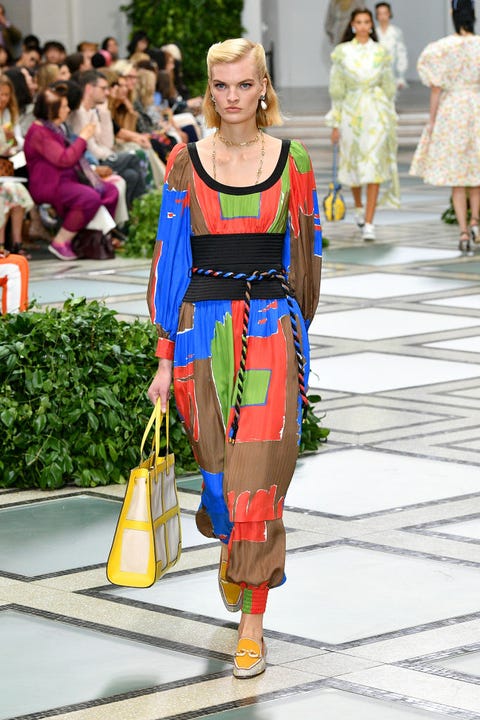The world of high fashion and designer brands is often perceived as glamorous, luxurious, and out of reach for most people. However, it is an industry that significantly impacts global culture, economy, and style. Understanding designer brands and high fashion is not just for the elite but anyone interested in history, art, and fashion trends. This article will explore the world of high fashion and designer brands, their significance, and how to decode them.
What Are Designer Brands?
Designer brands are fashion labels created by renowned designers known for their creativity, innovation, and distinct style. These brands are associated with luxury, exclusivity, and high-end fashion. Designer brands are often recognizable by their logos, trademarks, and signature designs.
The history of designer brands dates back to the early 20th century when the first couture houses were established in Paris. The founder of modern couture, Charles Frederick Worth, was the first designer to create his label in 1858. The concept of designer brands gained popularity in the 1960s, with designers like Yves Saint Laurent, Christian Dior, and Coco Chanel leading the way.
How do Designer Brands Differ from Other Fashion Brands?
Designer brands differ from other fashion brands in several ways. Firstly, designer brands are associated with luxury and exclusivity, while other fashion brands cater to a broader market. Designer brands are often priced much higher than other fashion brands due to their high-quality materials, craftsmanship, and reputation. Designer brands are also known for their iconic designs and innovative styles, which sets them apart from other fashion brands that may follow current trends.
Overall, designer brands are positioned as high-end fashion labels that offer exclusivity, luxury, and quality to their customers. They differ from other fashion brands, catering to a broader market and following current trends. Designer brands often have limited availability due to limited production runs or distribution channels. This scarcity adds to the exclusivity and perceived value of the brand.
Top 4 Designer Brands and Their Signature Styles
Overall, these four designer brands have established their signature styles and have become well-known in the fashion industry for their unique designs and high-quality products. Here are four popular designer brands in the United States and their signature styles in women’s fashion:
Chanel

Known for its iconic tweed suits and quilted handbags, Chanel is a French luxury brand synonymous with classic, elegant fashion. The brand’s signature style often includes black and white colors, pearls, and quilted designs.
Michael Kors

Michael Kors is a New York-based brand offering women luxury accessories and clothing. The brand’s signature style often includes clean lines, neutral colors, and gold-tone hardware.
Kate Spade
Known for its playful, feminine designs, Kate Spade is a New York-based brand that offers clothing, accessories, and home decor. The brand’s signature style often includes bold colors, graphic prints, and quirky details like bows and polka dots.
Tory Burch

The brand’s signature style often includes bright colors, embroidery, and graphic prints. Tory Burch’s designs are often inspired by travel and art, and the brand’s collections feature a mix of classic and modern styles.
Why is High Fashion So Expensive?
High fashion is often associated with luxury and exclusivity, and the prices of designer brands reflect this perception. Here are some reasons why high fashion is so expensive:
- High-quality materials: Designer brands often use high-quality materials such as silk, cashmere, and leather, which are more expensive than synthetic fabrics used by fast fashion brands.
- Skilled craftsmanship: Designer brands use skilled artisans to create their products, contributing to the higher production cost.
- Limited production runs: Designer brands often produce limited quantities of their products, increasing the product’s perceived value and exclusivity.
- Brand reputation: Designer brands have established themselves as leaders in the fashion industry and have a loyal customer base. Their brand reputation allows them to charge a premium for their products.
- Marketing and advertising: Designer brands spend significant money on marketing and advertising to create brand awareness and promote their products.
The Ethics of High Fashion Prices
While high fashion is often associated with luxury and exclusivity, there are ethical concerns about the high prices of designer brands. Some argue that the high prices of designer brands contribute to the perpetuation of income inequality and exploitation in the fashion industry.
Additionally, the high prices of designer brands can produce counterfeit products, negatively affecting both the fashion industry and consumers. However, others argue that the high prices of designer brands reflect the value of quality materials, skilled craftsmanship, and brand reputation. Ultimately, it is up to consumers to make informed decisions about the products they purchase and the companies they support.
Conclusion
In conclusion, understanding designer brands and high fashion is important for consumers and the fashion industry. By considering the factors contributing to the high prices of designer brands and the ethical concerns around the fashion industry, consumers can make informed decisions about the products they purchase and the companies they support.
